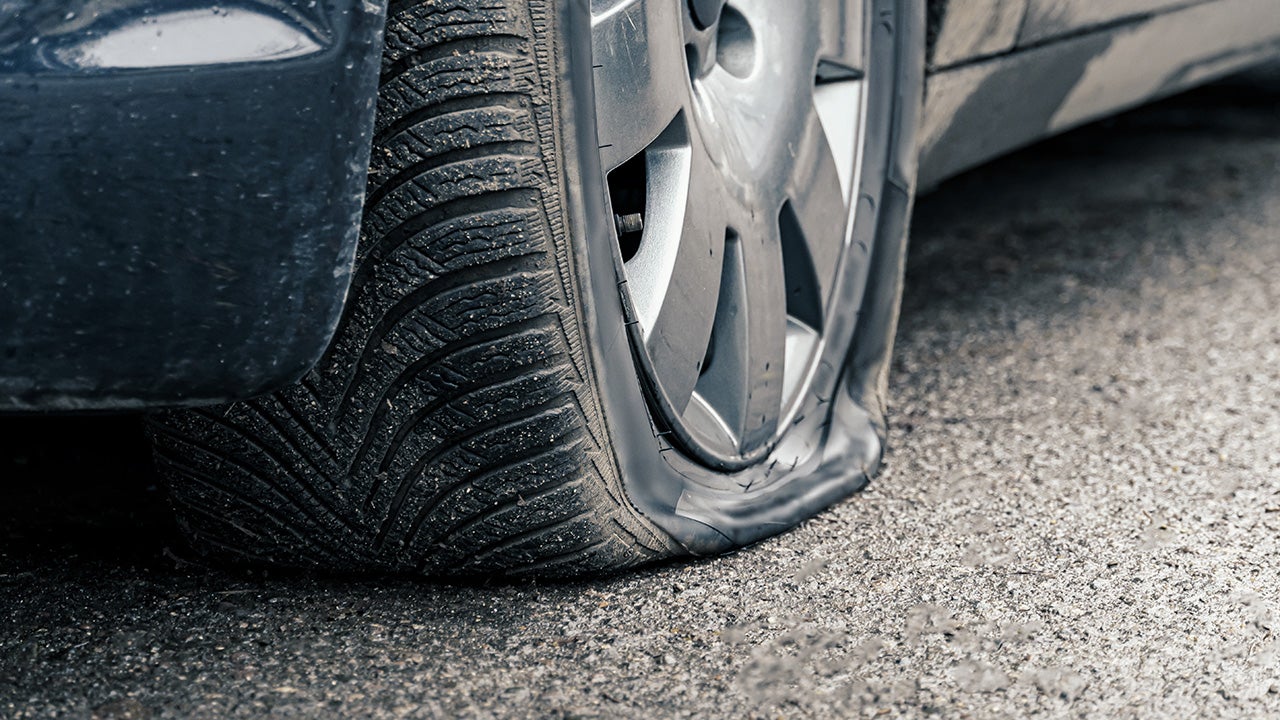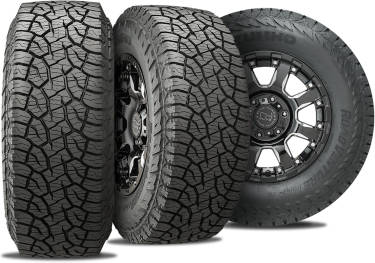All Categories
Featured
Table of Contents
The Michelin supplied a comfortable driving experience, characterised by responsive steering and a modern understeer equilibrium. Despite the cooler testing problems, Michelin's constant time and grasp over three laps shows its viability for real-world applications. On the other hand, Yokohama's performance was distinctive. While its super-quick steering caused a rapid front axle turn, the rear showed a propensity to swing a lot more.
The tyre's first lap was a second slower than the 2nd, aiming to a temperature-related grip boost. For daily use, the Michelin could be a more secure bet.
Tyre Care – Alexander Heights WA
It shared Michelin's risk-free understeer balance but did not have the latter's readiness to turn. Continental and Goodyear's efficiencies were remarkable, with Continental's brand-new PremiumContact 7 showing a significant improvement in damp conditions compared to its predecessor, the PC6. This model was far less delicate to fill changes and acted similar to the Michelin, albeit with somewhat much less communication at the restriction.
It integrated the risk-free understeer equilibrium of the Michelin and Continental with some flashy handling, showing both predictable and fast. As an all-rounder for this Golf GTI, Goodyear's Crooked range was the standout, demonstrating excellent efficiency in the wet. Ultimately, the Bridgestone Potenza Sporting activity took the crown as the fastest tire, albeit by a tiny margin.
This tyre obtained grippier as it heated up, comparable to the Yokohama. Vehicle drivers looking for an amazing damp drive may find this tire worth thinking about. The standout entertainer in damp braking was the most recent tyre on test, the PremiumContact 7, though the outcomes are nuanced. We conducted damp braking examinations in 3 various methods, two times at the new state and as soon as at the used state.
Honest Vehicle Alignment Near Me – Alexander Heights
Ideally, we desired the chilly temperature examination to be at around 5-7C, however logistical delays meant we tested with an ordinary air temperature level of 8C and water at 12C. While this was cooler than conventional test conditions, it was still warmer than real-world conditions. The cozy temperature level examination was done at an average of 18C air and 19C water.
The third run involved wet braking examinations on worn tires, specifically those machined down to 2mm with a little confrontation. While we planned to do even more with these worn tyres, weather restraints limited our testing. It's worth keeping in mind that wet stopping is most essential at the worn state, as tires generally enhance in completely dry problems as they put on.

Bridgestone, Goodyear, and Michelin saw the least efficiency reduction when worn. The Hankook tyre registered the tiniest efficiency drop as temperatures cooled down, but it was among the most influenced when put on.
Reliable Tyre Safety Near Me – Alexander Heights
The take-home message right here is that no solitary tyre excelled in all aspects of damp braking, suggesting a complex interaction of aspects affecting tire efficiency under different problems. There was a standout tire in aquaplaning, the Continental finished top in both straight and rounded aquaplaning, with the Michelin and Goodyear likewise really good in deeper water.

Yokohama can profit from slightly more hold, a problem potentially influenced by the colder problems. When it comes to managing, all tires done within a 2% range on the lap, demonstrating their premium efficiency (Tyre performance). Taking into consideration these tires basically target the very same client, it's intriguing to observe the considerable differences in feel.
The surprise is since the PremiumContact 6 was just one of my favourites for stylish dry drives, but its follower, the PremiumContact 7, seems a lot more mature and resembles Michelin's efficiency. Amongst these, Hankook was the least accurate in steering and communication at the limitation. Premium tyre selection. Both Michelin and Continental supplied lovely first steering, albeit not the fastest
If I were to advise a tire for a rapid lap to a beginner, say my father, it would certainly be one of these. We have the 'enjoyable' tires, namely Yokohama and Bridgestone. Both were quick to guide and felt sportier than the others, yet the compromise is an extra playful back side, making them extra challenging to deal with.
Reliable Long-lasting Tyres Near Me – Alexander Heights WA
It gave similar steering to Bridgestone but provided far better responses at the limitation and far better hold. The Bridgestone Potenza Sport, however, seemed to break down quite promptly after simply three laps on this requiring circuit. There's Goodyear, which positioned itself somewhere in between the enjoyable tires and those having a tendency in the direction of understeer.
All in all, these tires are outstanding entertainers. For roadway use, I 'd lean towards either the Michelin or Goodyear, depending on your particular preferences. In regards to tire wear, the approach utilised in this examination is what the industry refers to as the 'gold standard' of wear. The wear professionals at Dekra conducted this examination, which included a convoy of autos going across a thoroughly intended path for 12,000 kilometres.
Both the Bridgestone and Yokohama tires dramatically underperformed in comparison to the various other four tyres in terms of rolling resistance, with Continental slightly outperforming the remainder. Relating to the comfort level of the tyres, as anticipated, a lot of showed an inverse connection with handling. The Continental, Michelin, and Goodyear tires performed ideal across various surface types tested.

Bridgestone started to show indicators of firmness, while Yokohama was specifically rough over potholes. We did determine internal sound degrees; nonetheless, as is typically the instance, the results were closely matched, and as a result of weather restraints, we were not able to perform a subjective assessment of the tyres sound. Finally, we took a look at abrasion figures, which determine the amount of tire step lost per kilometre, normalised to a one-tonne car.
Wheel Balancing
This figure represents the amount of rubber dust your tyres produce while driving. Michelin led in this category, producing over 9% much less rubber particle issue. On the other hand, Hankook generated 32% even more. This is an element I think the sector ought to concentrate on more in the future, and it's something Michelin is supporting.
Latest Posts
Top Tyre Packages – Swan
Trusted Tyre And Wheel Services Near Me – Alexander Heights
Honest High-performance Tyres Near Me